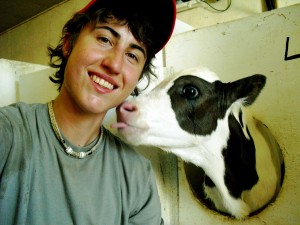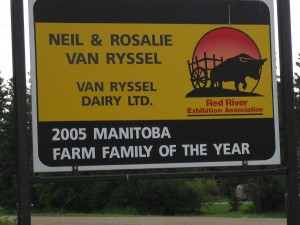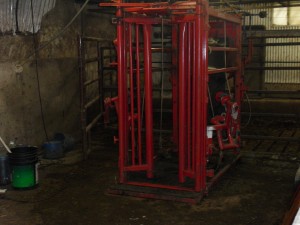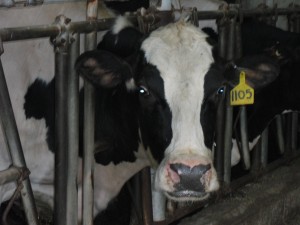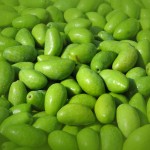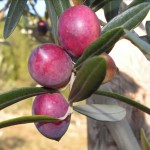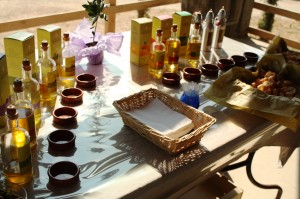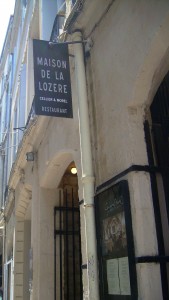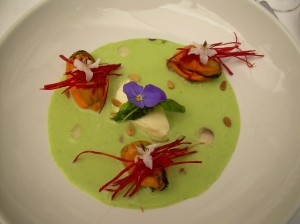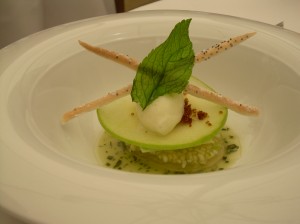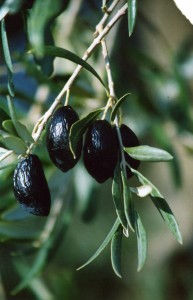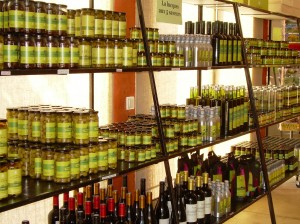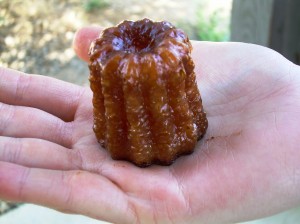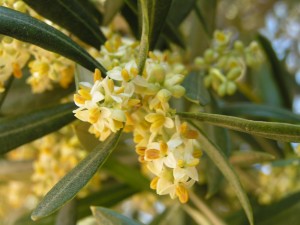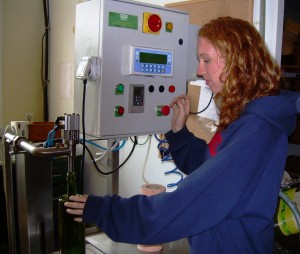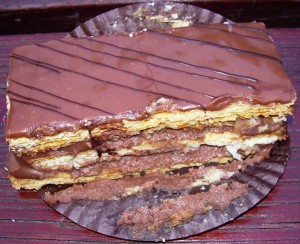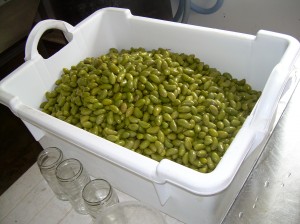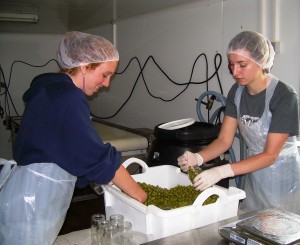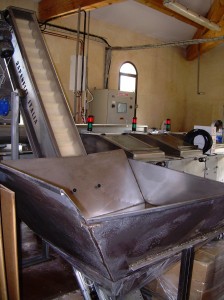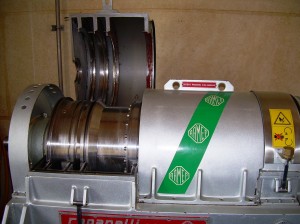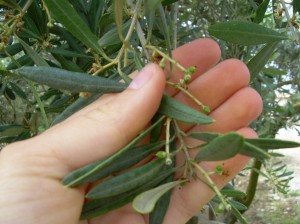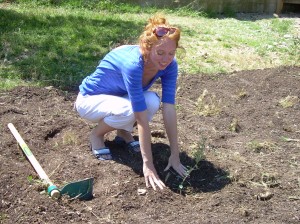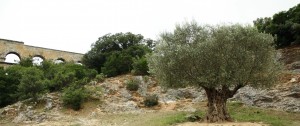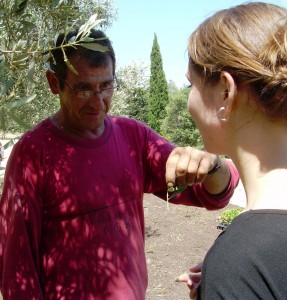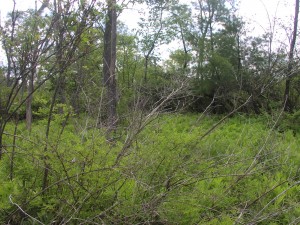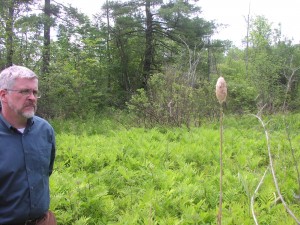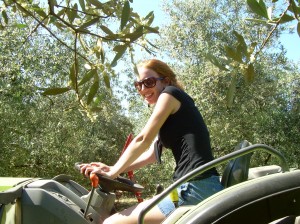One of the main functions of the Natural Resources Conservation Service (NRCS) is to perserve the intergrety of the soil and reduce the amount of erosion taking place on agricultural land. This is often accomplished through conservation practices such as no-till planting. No-till planting is where the residue from the previous crop is left on the field after harvest and the second crop is planted through the residue. This reduces the amount of disturbance of the top soil and reduces the possibility of erosion caused by rain water. Here is an example of soybeans no-till planted in grain corn residue.
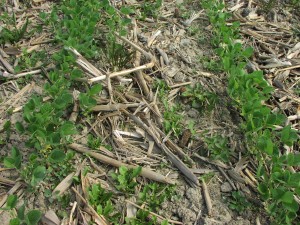
This no-till planting of crops is often applied along the contour of the slope of the hills that are present in the field to reduce the amount of soil loss. RUSLE2 is a formula developed that takes into account various pieces of information such as the type of soil in a field, the common degree of slope present, and the length of the slope where erosion is taking place or is likely to take place in the future. This computer program allows you to project such items such as the type of crops, the rotation, and the planting technique, to reduce the amount soil loss. In the next picture you can see us out measuring slopes in a no-till soybean field. I think it was in the neighborhood of 100 degrees when this shot was taken.
I’ll admit that I did not understand the importance of these types of activities before my internship, but as I have been exposed to the consequences of poor land management, I realize the future of our crop land is at stake. Agriculture and food production should be a top priority if we are to hope to feed the ever-increasing world population. You can’t grow food on soil that is no longer there. I have learned that what the NRCS and other soil conservation agencies do keep our agriculture land from beginning to look like the picture below and that is why I am thankful to have the opportunity to work with this agency this summer.
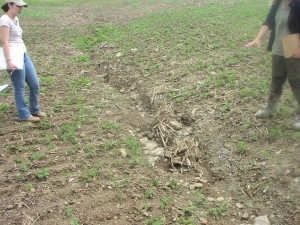
I would never have believed that conservation work had so many facets to it. It has been an exciting and informative internship and I am looking forward to what I will learn in the few weeks that I have left.

